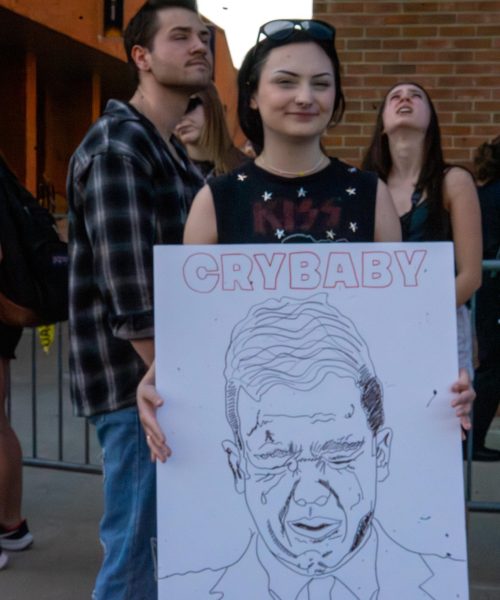Faculty program expands multicultural and international education
January 25, 2015
For some Kent State international students, adjusting to the educational differences between the United States and the country they’re traveling from could be difficult.
Ken Cushner, a teaching, learning and curriculum studies professor, said he spent eight weeks developing and facilitating the newest faculty program, “Enhancing Teaching and Learning in Kent State University’s Intercultural Classrooms and Community” to better international relationships on campus.
The university has been successful at recruiting international students, Cushner said, and the number of students is closer to four times the size than it was five to eight years ago.
Cushner said the idea of the eight-session program was to not only make guidelines for faculty to follow but to help faculty have an understanding of how cross-cultural communication and psychology influence teaching and learning.
“It was an opportunity to learn some intercultural skills on both sides — faculty and students,” Cushner said.
Faculty participant Maureen Blankemeyer, an associate professor of lifespan development and education sciences, said she found the program to open her eyes to the cultural bias happening.
“Training didn’t necessarily say ‘here’s how you should do it,’” Blankemeyer said. “Instead, one of the most powerful things it did was make me stop and look at how my culture has impacted me as a teacher.”
Blankemeyer said she has taken personal interest in helping domestic students see the importance behind working with international students. She has her students partner up to learn about a course topic from the other students’ cultural perspective.
The 13 faculty members from eight different colleges and libraries that participated in the program were trained to be a resource to colleagues in their department with intercultural incompetence.
“The benefit (of this program) to the university is really large because, not only is having these resources out there going to help international students, it’s also going to help faculty adapt practices to help students who aren’t international students,” said David Dees, director for the Center for Teaching and Learning.
Dees, an associate professor of cultural foundations, also said that he loved how the program has faculty assisting and leading other faculty.
Later sessions from the program were designed for participants to use the knowledge learned from the program and apply it to sub-group ongoing projects. The sub-groups split up to discuss what could be done for the students, what outcomes needed to be provided to help faculty and university initiatives.
Blankemeyer, involved in a sub-group to help create outcomes for faculty, said that one of the first steps her sub-group will do is a “needs assessment” from colleagues.
The answers from this assessment will show common mishaps that may happen in the classroom and help professors become more receptive for all of their students.
Contact Taylor Meade at [email protected].
























